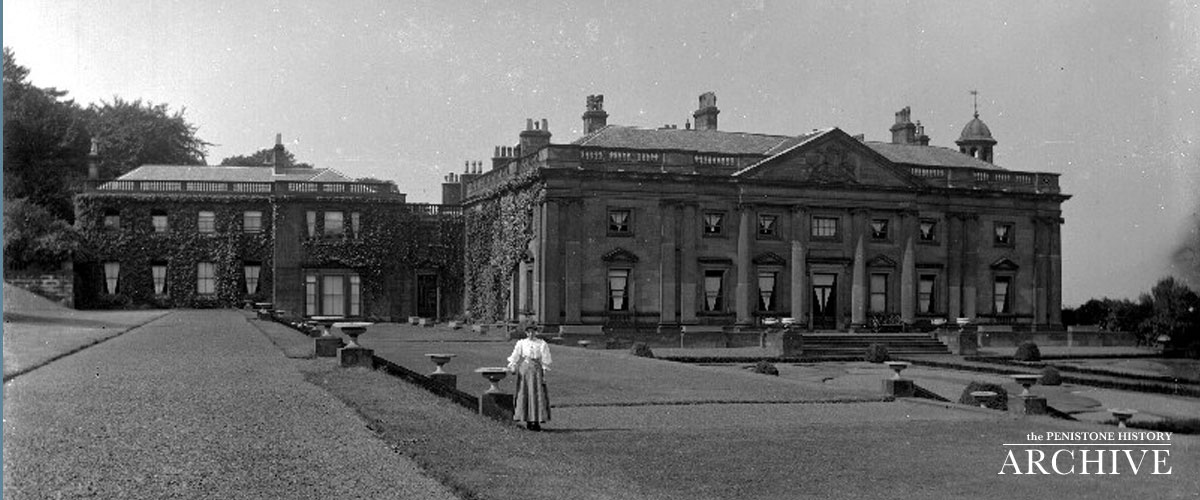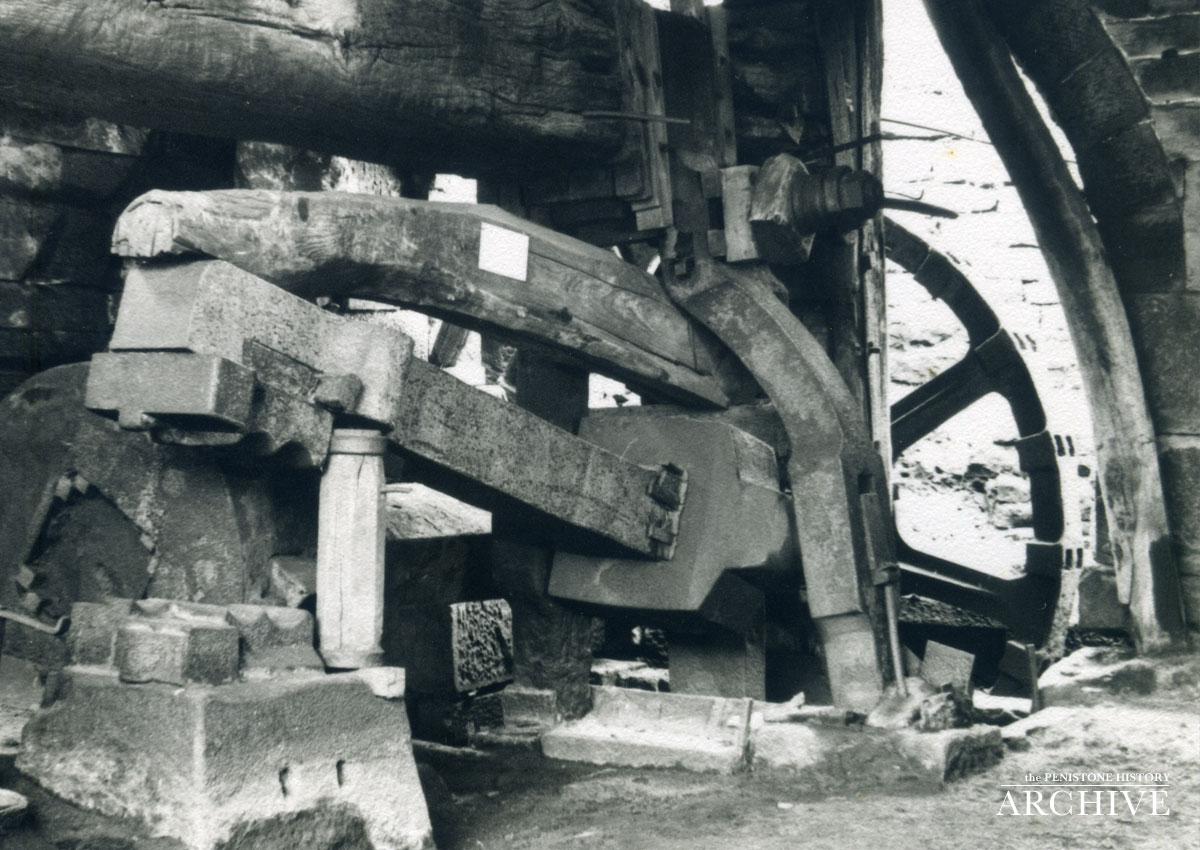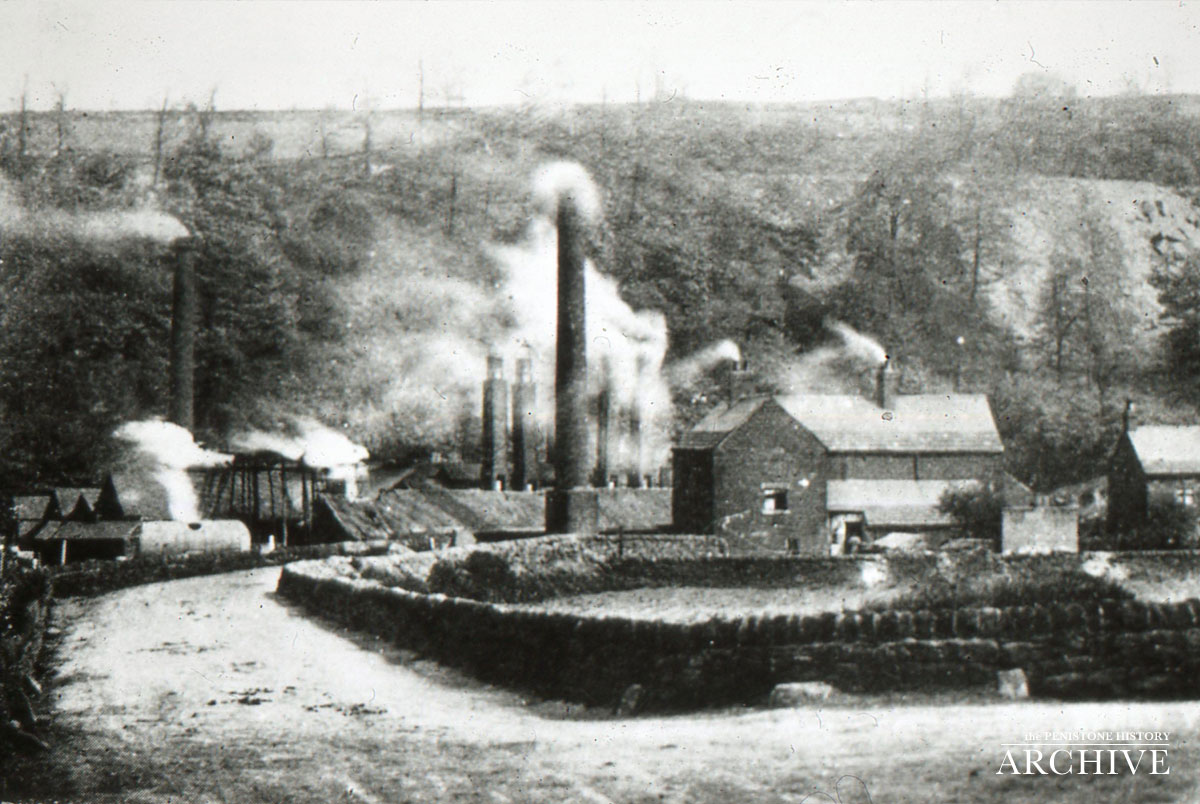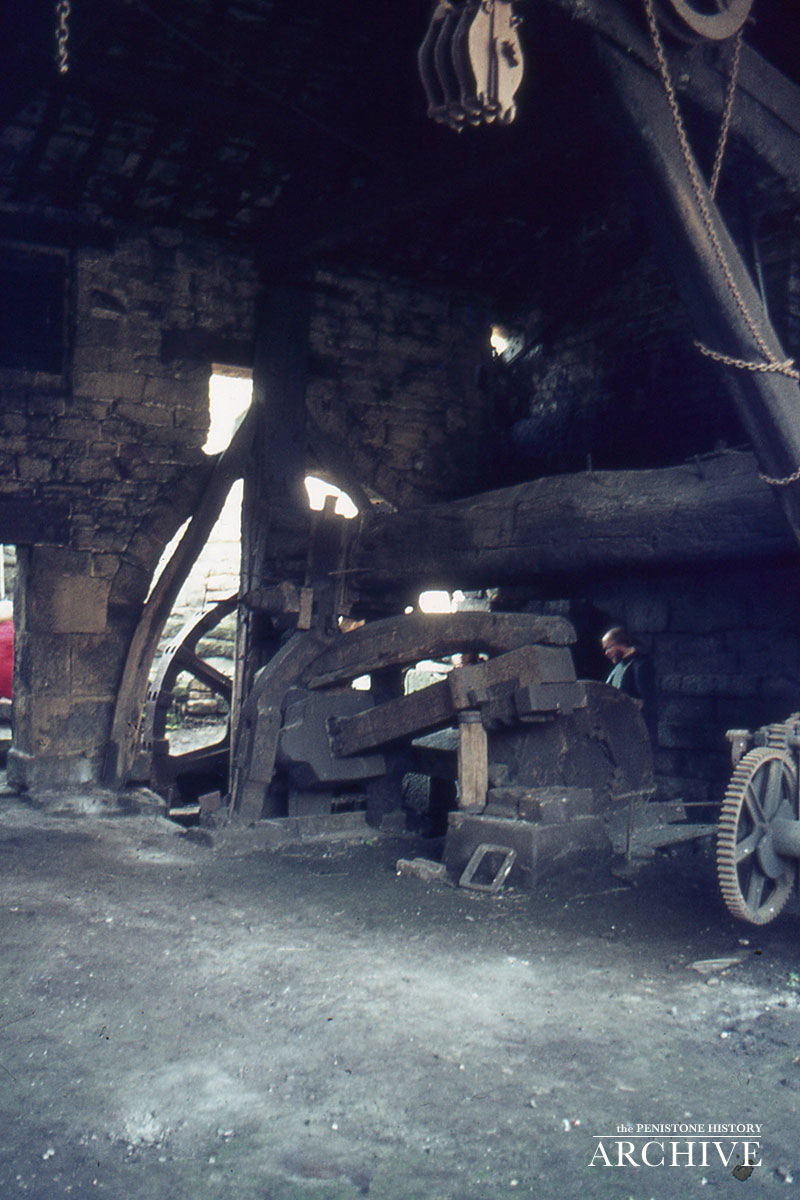Wortley
Wortley is a village and a civil parish in the Metropolitan Borough of Barnsley South Yorkshire. Wortley is mentioned in the 1086 Domesday Book as Wirtleie.
Wortley grew up as a settlement where the Sheffield to Halifax Road crossed the Cheshire to Rotherham route. In 1250 a Sunday market was briefly established, but this was quickly suppressed by the monks who owned the right to hold markets in Barnsley. In 1307 the village finally received a Royal Charter to hold a weekly Thursday market and an annual three-day fair at Whitsun. The market and fair both soon ceased, and an eighteenth-century attempt to revive the fair was unsuccessful.
The village is famous for the Wortley Top Forge is an historic former Finery Forge and Ironworks originally dating back to the seventeenth century, although evidence suggests iron working took place in the vicinity as early as the fourteenth century. It is closely related to Wortley Low Forge a short distance downstream, one of these forge’s was probably built about 1639 and certainly existed by 1641
Wortley was the home of the Earl of Wharncliffe until 1987. Wortley Hall is a stately home in the small South Yorkshire village of Wortley,
John Nevison (1639 – 4th May 1684) also known as William Nevison or Nevinson, was one of Britain’s most notorious highwaymen, a gentleman rogue supposedly nicknames Swift Nick by King Charles 11 after a renowned 200 mile dash.
History of Wortley Station
This is a brief history of what is know of Wortley Station.
The first scheme on this particular line actually began in 1836 and the Sheffield-Ashton under Lyne-Manchester came into being in 1837, the first sod on Woodhead Tunnel being cut by Lord Wharncliffe on 1st October 1838.
The line from Dunford Bridge to Sheffield Bridgehouses was to open in July 1845 and by late June of that year decisions had been made to provide stations along this line at Penistone, Wortley, Deepcar, Oughtibridge, and Wadsley Bridge, all to be temporary structures.
In December 1845 the Woodhead Tunnel was opened and by 1847 the above named S.A.& M. line became the Manchester-Sheffield-Lincoln Railway, a reminder of this Railway being inscribed in a stone on the veranda of the domestic dwelling next to Station House which of course was the old Waiting Rooms.
In 1926 the new London and North Eastern Railway looked at electrification on this line but it was shelved. By 1936 it was revived but the outbreak of World War 2 put a stop to all these ideas. However electrification was started again in 1952/53 and the first electric train ran on 25th September 1954.
Unfortunately rail transport was slipping back by now and on 2nd May 1955 Wortley Station was closed. The house was occupied by Railway employees for a while but when it because empty it was taken over by squatters. It was eventually sold around 1974 and by 1981 the dismantling of electrification and outbuildings was completed.
The closure of this line has raised many questions since, particularly at times of traffic chaos over Woodhead, but now the only one posed is when will it open as the walkway from East to West Coast.
My own memories of Wortley Station go back to the period 1921-1932 when my father, Thomas Jones, was Station Master there. Even as a child I realized the importance of Lord Wharncliffe in connection with this line because he had his own personal Waiting Room and a covered veranda on the approach side of the station under which his horse-drawn carriage would pull up allowing him to alight completely sheltered from the elements.
On the days when his Lordship was travelling to London my father was ordered to have a fire prepared in the private room and to stop the Express at Wortley which of course was not a scheduled stop. The preparation in the Waiting Room was a complete waste of time because Lord Wharncliffe preferred to go into my father’s office and sit and talk to him, so eventually my father convinced the powers that be that this room should be opened up for the benefit of all travellers.
Wortley was a busy little station in those early days, being a receiving area and despatch area for agriculture, ironworks, coal, livestock, and passengers. I recall the excitement aroused when the cattle wagons were shunted into the cattle dock to await unloading by farmers. The local passenger trains were also well used, people those days thinking nothing of walking from Wortley and Thurgoland.
I myself just accepted it as part of the day’s routine to walk through the 3 fields to Wortley School 4 times per day. There were no school dinners in those days.
With such a large family – there were nine children still alive I think it is fair to say that we were poor, but it is only in my adult life that I have been able to say this because we were so well looked after by our parents, a fact that I thank God for to this day.
Because of the standing of a Station Master in those days we occasionally received little concessions from farmers etc., and even once a year a piece of venison from Lord Wharncliffe which I remember had to be hung in the cellar to mature.
I am still privileged to be a regular visitor to the Station House at Wortley and it astounds me now to think that 5 girls 4 boys and our parents lived comfortably in there, and how they coped with the many visitors and the “stays” of relatives is beyond me.
The role played by my mother must have been incredible because her kitchen comprised of a sink, a brick built corner unit housing a copper boiler under which she had to light a coal fire, and a long cast iron bath which took up such a large space, but whose wooden covers were put to good use. All the fires were coal and all the lighting was by paraffin lamps, little wonder she had to be up by 5. a.m.
(This is a letter that was written to a friend by a Wortley gentleman ( Ken Jones) dated 19th October 1997)




